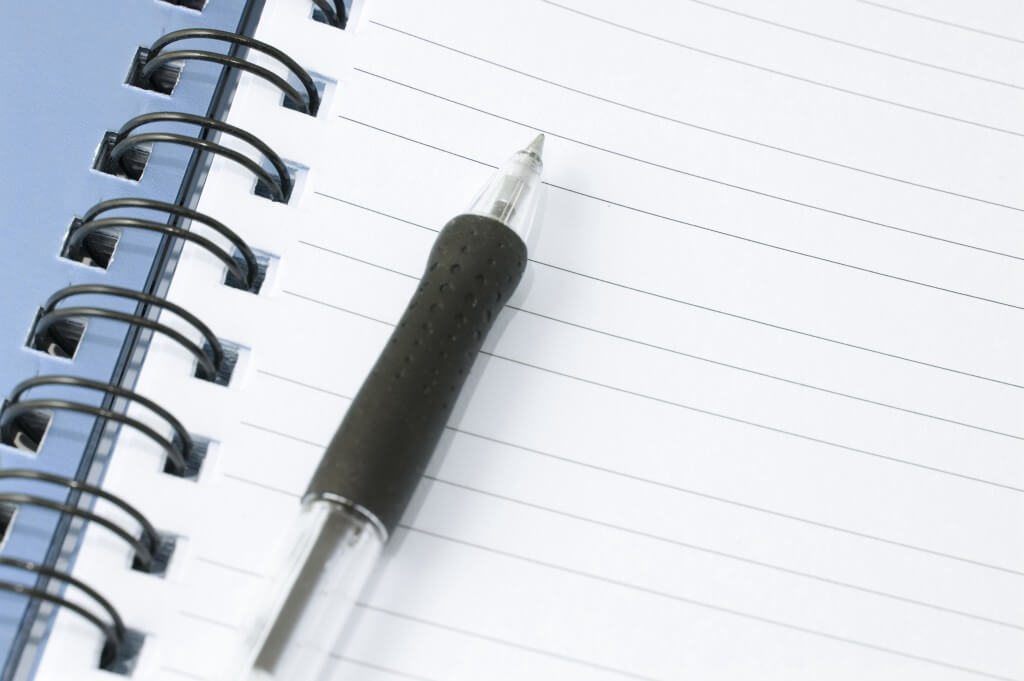Building Your Process: How a Log Book Can Transform Your Swimming

Building Your Process: How a Log Book Can Transform Your Swimming
“Trust the process!”
You have probably heard this phrase from your coaches or from fellow teammates who seem to have it all figured out.
But maybe it is time you sat down and considered how a process-based mindset can elevate your swimming.
Which includes using a training log to document that process.
Why Focus On the Process?
Recognizing the process takes something complicated (like swimming) and breaks it down into smaller, much more manageable steps. Those steps can then serve as a checklist that can be methodically worked through, one at a time and to the best of your ability.
If you compare this approach to someone who is completely focused on the outcome or results – someone who only looks at the end of the checklist, ignoring the little victories that accompany the completion of those steps – it makes for a much more anxious and uncertain swimmer who tends to have inconsistent performances in the pool.
But a process-based mindset can make achieving your big goals a much more enjoyable and effective approach.
How Documenting Your Training Can Improve Your Process
One of the biggest (and most daunting) steps in your process is going to include all the hours you spend training. During a long season, all those daily doubles and morning practices can become monotonous. But that does not mean they aren’t important or that you should not try your best at each and every practice.
In fact, some of the greatest lessons you’ll ever learn can be revealed in practice, especially when you are taking the time to analyze those training sessions and document your observations in a log book.
It does not have to be fancy or expensive. A composition book, three-ring binder with paper, or the notes app on your phone will do. Just make it a habit that you open your log book after practice each day.
But don’t overthink it. Write about what you ate before practicing that day and how it made you feel. Document how you felt in the water. Were you sore? Or was that taper making you feel like you could crush a timed swim? Which stroke felt the smoothest? What was the main set for that day and how did you perform during it?
If you are consistent with your recording, eventually you will be able to see patterns emerge from your log book that will help you refine your process and evoke better results. After all, you cannot swim faster by brute force alone. You have to do things that others will not and put in the work that others simply don’t.
Massive swims are made in the details. Not in an obsession over the result. Building a foolproof process can help you focus on those smaller details, and a log book can help you monitor them (and your victories along the way) in a tangible manner.
So, don’t be afraid to go the extra mile.
Because if you are consistent with it, I promise you will see the results.
All commentaries are the opinion of the author and do not necessarily reflect the views of Swimming World Magazine nor its staff.



